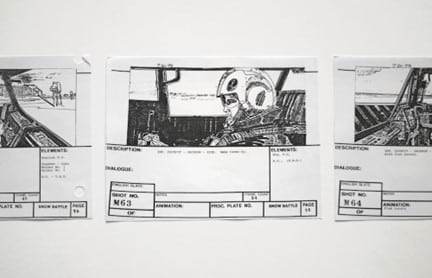
Visual storytelling has changed the way stories are told. Creative tools have expanded and improved throughout time. Film and the digital era have joined the mix after art and photography. Modern storytellers can fascinate audiences like never before, thanks to new technologies and fresh perspectives. Virtual reality, augmented reality, and interactive media have altered the course of history. These innovative tactics engage viewers in compelling stories. Artists push the envelope and employ unique methods to communicate their stories.
The evolution of visual storytelling techniques
Contents
The tools for expressing stories have undergone a significant visual transformation over time. The digital age began with paintings and pictures and has now expanded to include films, virtual reality, augmented reality, and interactive media. These technological developments have increased the tools available to creative storytellers, enabling them to reach a wider range of listeners. Video repurposing tips are vital for content creators in this dynamic industry. These ideas make it simpler to modify and repurpose video content for usage on a variety of platforms, therefore increasing its appeal and impact.
Exploring new mediums for visual storytelling
Creators are always experimenting with new platforms to share their stories as the world of visual storytelling changes. The opportunities for engaging audiences have multiplied with the development of live streaming, podcasting, and social media platforms. These new media allow storytellers to establish more personal and engaging connections with their audience. The creative toolkit is stocked with cutting-edge tools that push the limits of conventional storytelling and open up fascinating new channels for expression, whether through aesthetically gorgeous Instagram stories, riveting live video streams, or thought-provoking audio tales.
The role of technology in enhancing visual narratives
Technology has altered visual storytelling, which has improved stories and attracted viewers. Filmmakers can now access cutting-edge cameras, editing software, computer-generated graphics, and virtual reality. With these assets, narrators may explain their aims more clearly and strongly. Technology is essential for creating visually engaging and long-lasting narratives. The beautiful visual effects, fluid animation, and immersive virtual worlds demonstrate this. It enables authors to express themselves and produce masterpieces that engage people.
Pushing boundaries: experimental approaches to visual storytelling
The realm of visual storytelling is constantly pushing boundaries and exploring innovative concepts. Creators embrace innovative methods to captivate and stimulate audiences, ranging from cutting-edge art installations to immersive multimedia experiences. Innovative methods often involve the integration of various artistic mediums, such as cinema, animated visuals, photographic elements, and live performances. Through the act of seizing opportunities and embracing the unfamiliar, narrators can engage in novel approaches and produce one-of-a-kind, intellectually stimulating visual narratives.
Artists are always pushing the boundaries of visual storytelling, exploring unknown ground, and coming up with new ideas to include viewers in a dynamic and changing environment. The development of technology and the fusion of several artistic disciplines enable creators to realize their concepts in novel ways. Innovative technology makes it possible to create unique and thought-provoking concepts, such as immersive virtual reality and visually beautiful social media platforms. The skill of visual storytelling captivates audiences and pulls them into the action as it happens.
Leave a Reply